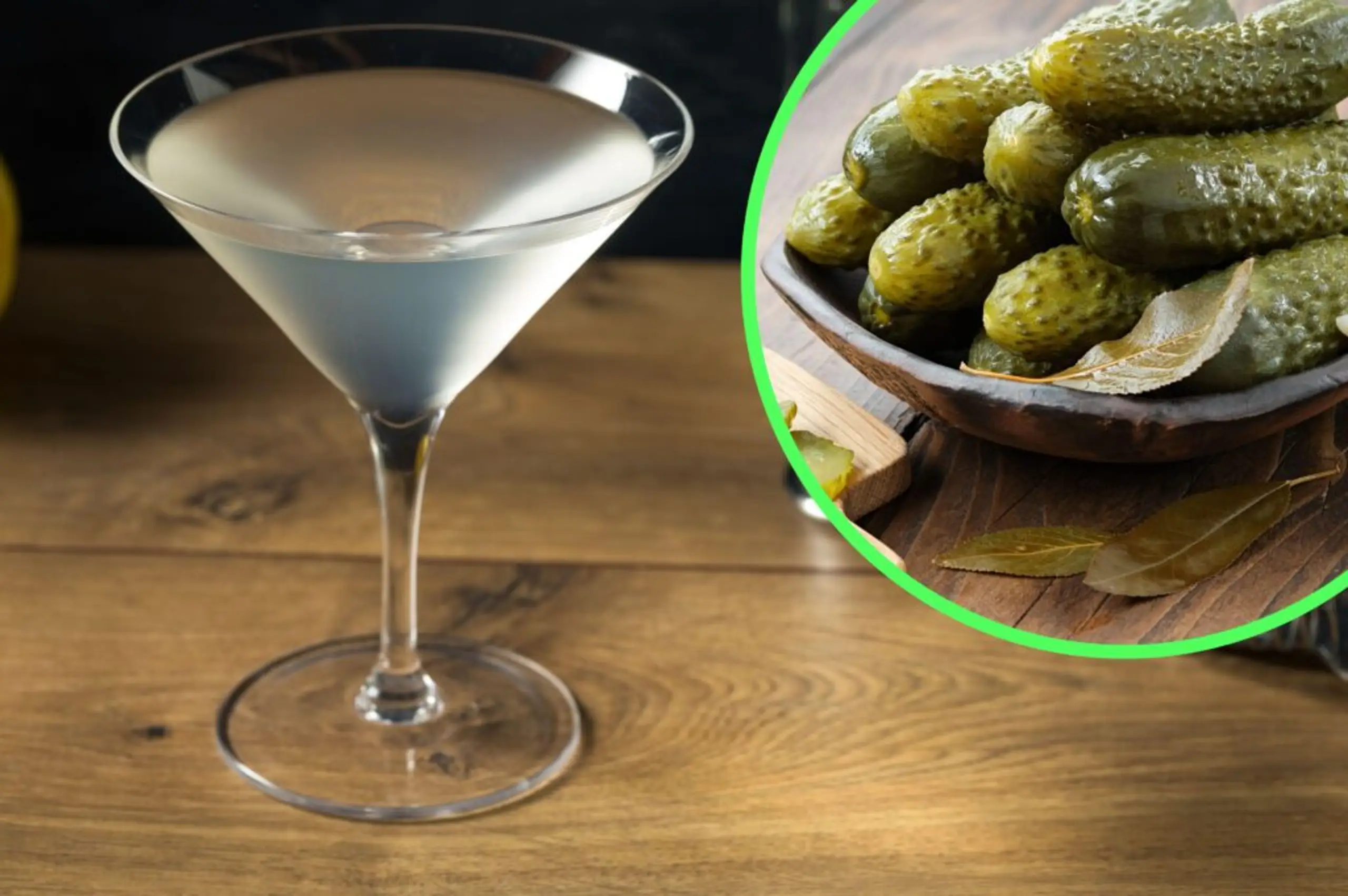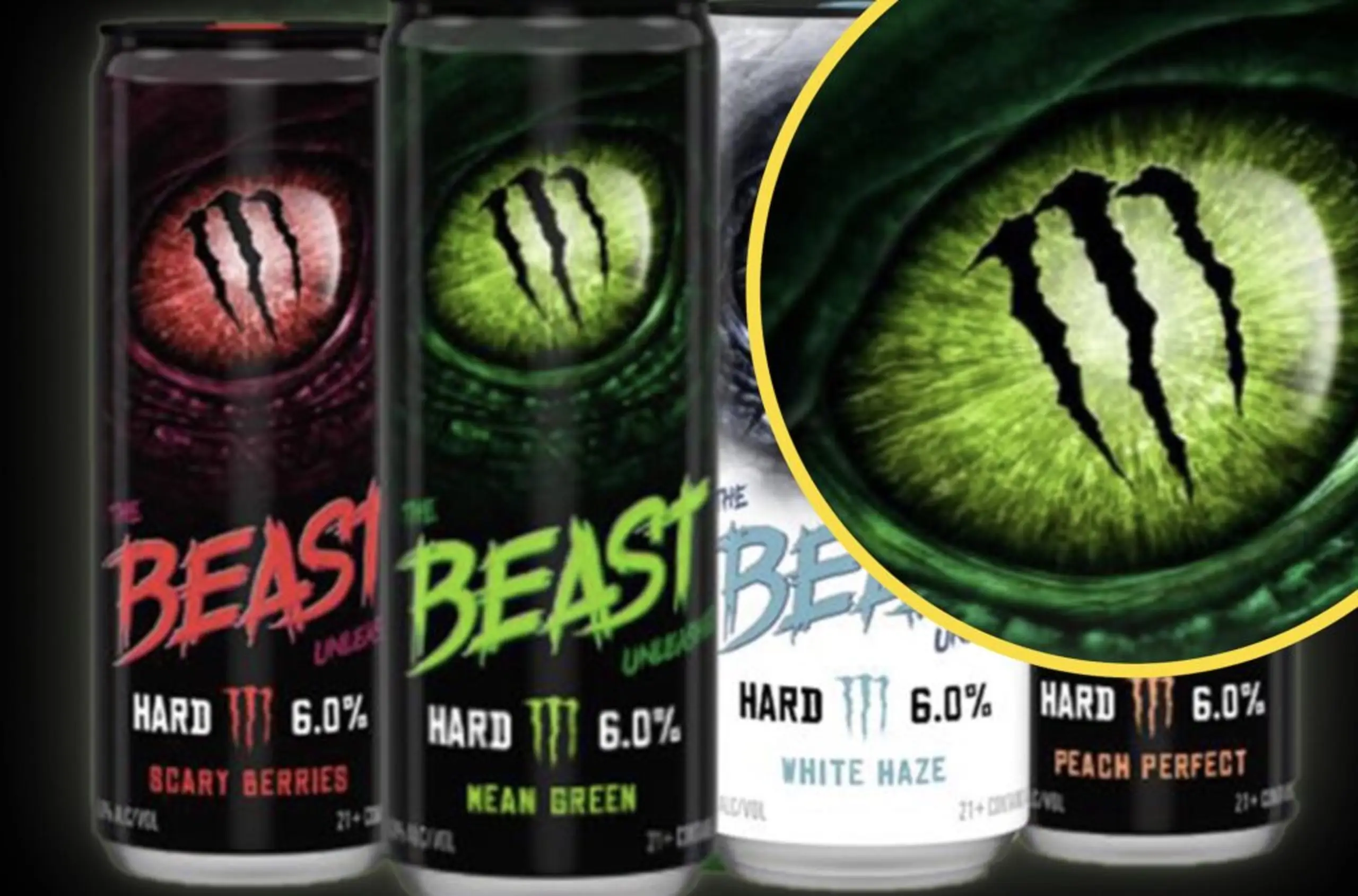Uncategorised
There is now an ingenious gadget that can trick your brain into eating healthily
25 Apr 2018
3m
The trouble with healthy eating is that it has always been a question of taste. As passionately as the clean eating community may advocate the pros of pearl barley and paleo dieting, the fact remains that pizza tastes yummy. Eventually, all but the most monkish of foodies surrender to temptation and tuck into a takeaway. We can’t help it. We’re only human.
 Credit: Switch Crossfit
Credit: Switch Crossfit
Biologically, our junk food cravings can be explained through the holy taste trinity of fat, salt and sugar. These chemicals trigger a reaction in our bodies unlike any other substance that keeps us craving them, however hard we might resist. Unfortunately, this feeling can’t be reproduced by kale crisps. Therefore, for the most part, healthy means eating things that taste like a diced flip flop. This, however, could all be about to change.
Scientists at the French National Institute for Agricultural Research centre have developed a device that may soon be able to trick the world into eating healthily. The device, known as the Gas Chromatography-Olfactometry Associated Taste, is allegedly able to transform the taste of bland foods such as tofu and low-fat substitutes for traditionally unhealthy ingredients.
 Credit: FREC
Credit: FREC
Though it might sound like witchcraft, the science behind the device is surprisingly straightforward. The GC-OAT, as it is snappily referred to, ignores the tongue completely and instead focuses on the other major organ involved in flavour – the nose.
Through a series of sophisticated technologies, the GC-OAT is able to identify the natural smell molecules associated with our favourite tastes. When someone eating a bland food is exposed to these scents, the entire eating experience can be altered to such an extent that the brain can think it’s eating junk food. The researchers demonstrated this by feeding a volunteer reduced salt flan seasoned with ham aroma and convincing them it was just as unhealthy as the real thing.
 Credit: Newatlas
Credit: Newatlas
In order to perfect the device, team leader Thierry Thomas-Danguin and his team had volunteers inhale the smell of certain fruit juices through a tube and identify which scents were the sweetest. The subsequent scale became the blueprint for identifying which molecules could make other foods taste more sugary without actually adding sugar. This principle has hence been expanded to include other addictive flavours such as salt and fat.
Unfortunately, the device itself is not yet available for public purchase. However eager consumers can get an alternative if they’re desperate to avoid tasting spinach ever again. Scientist Adrian David Cheok released a machine affectionately known as “Taste Buddy”. This device attaches to the user’s tongue and uses electrical impulses to artificially alter the perception of saltiness, sweetness, sourness and bitterness. Though decidedly impractical in its current form, Taste Buddy is another undeniably cool to pretend to eat rubbish.
 Credit: Daily Mail
Credit: Daily Mail
The hope is that the food industry can use the principles the power the GC-OAT to use smell rather than strange chemicals to improve the flavour of low fat products in the future. For anyone who dreads the prospect of another watery bowl of bland veggies, the possibilities for taste trickery are incredibly exciting. This could be the breakthrough that those of us addicted to bacon and cheese have been waiting for all these years. Finally, we can enjoy the great taste of junk, guilt free.



